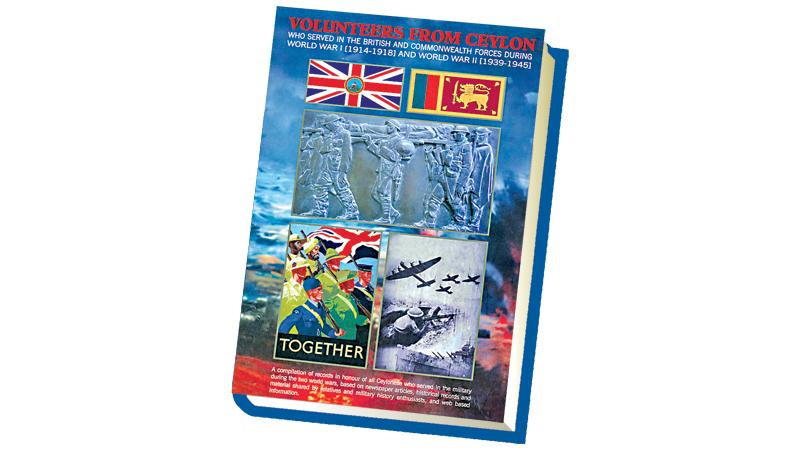
No matter how tiny this Island is on the globe, bravery is no short order. When Europe plunged into conflict at the turn of the century and when the world was threatened by the forces of fascism 20 years later, Sri Lankans answered the call and fought to save the day. The cenotaph at the Vihara Maha Devi Park stands tall amid Colombo’s hubbub; a tribute to the sacrifices made.
Words cannot measure the sheer bravery Ceylonese troops displayed on the battlefield. From the trenches of the Somme to the jungles of Burma, our soldiers fought with purpose and determination, but their valour receives little to less recognition from war historians.
Movies, books, TV shows and even games retell the stories of brave US marines storming the beaches of Normandy and the horrors of trench warfare, but the deeds of thousands of colonial troops are spoken in whispers. Even locally, WWI and WWII veterans have been denied recognition accept for the handful of monuments scattered around the country.
 When I was a boy my mother used to show me the invasive aquatic plants sitting on water bodies commonly referred to as ‘Japan Jabara’. “Why are they called Japan Jabara?” I asked. “They were planted to fool the Japanese into thinking those are flat places so they’d try to land,” she said.
When I was a boy my mother used to show me the invasive aquatic plants sitting on water bodies commonly referred to as ‘Japan Jabara’. “Why are they called Japan Jabara?” I asked. “They were planted to fool the Japanese into thinking those are flat places so they’d try to land,” she said.
As I grew older, I did my own research and found out more about the Battle of Ceylon. I spoke to old timers and asked them if they fought in the war. I learned that my maternal grandfather and paternal great-grandfather were enlisted men in WWI and WWII. My father, a retired non-commission officer who served in the Sri Lanka Air Force, told me of a tract of land in Trincomalee where nothing grows.
“The Japanese targeted the military installations in Trincomalee. The bombs’ chemicals are still saturated there and you can’t plant anything,” he told me. When I reached the sixth grade in Trinity College, I got to explore the quadrangle of the upper school that my elder brother kept talking about.
Close by the basketball court is a small vacant gazebo and I asked my brother about it. “Oh, that’s where they put the old German machine gun. Our cadets captured one in the world war,” he told me proudly. Tales such as these, made my imagination go wild.
My head filled in the gaps of Hollywood war movies, and instead of some white protagonist valiantly facing off against Nazis, I saw black haired, brown men charging into battle.
An answer to all this curiosity came in the form of a book compiled by Air Force veteran Group Captain Kumar Kirinde. Titled ‘Volunteers from Ceylon’ the tome contains records in honour of all Ceylonese who served during the two world wars. Group Captain Kirinde meticulously pieces together newspaper articles, historical records and stories shared by relatives and military historians in addition to web-based information.
‘Volunteers from Ceylon’ comes packed with rare photographs, propaganda posters and war dossiers offering a glimpse to what life was like in one of the most significant periods of the 20th Century. The book is not just a historical record; it contains deeply personal accounts of soldiers with selected diary entries and letters written home during the decisive stages of the war.
The photographs featured in the book are from never-seen-before galleries and previously classified files in additional to era-accurate colourised images alongside black and white, and sepia photographs. ‘Volunteers of Ceylon’ is a must have for military veterans, historian, students and patriots alike. It is, above all, a tribute to those who paid the ultimate sacrifice; they gave their today for tomorrow. Lest we forget.

